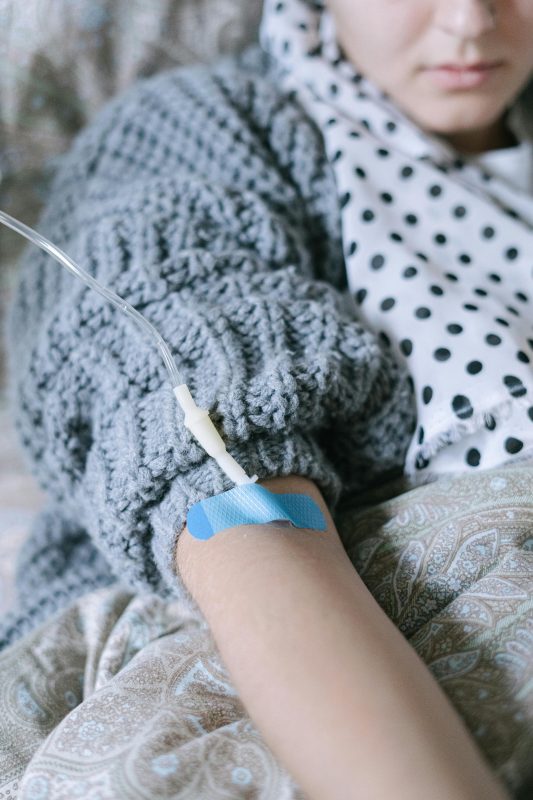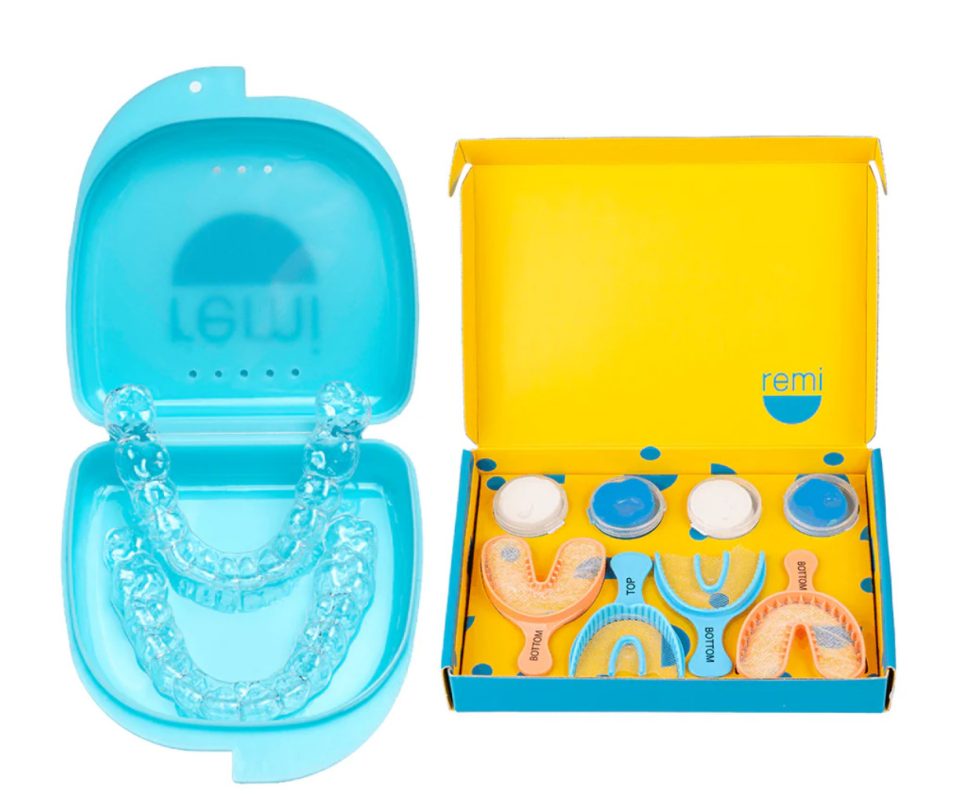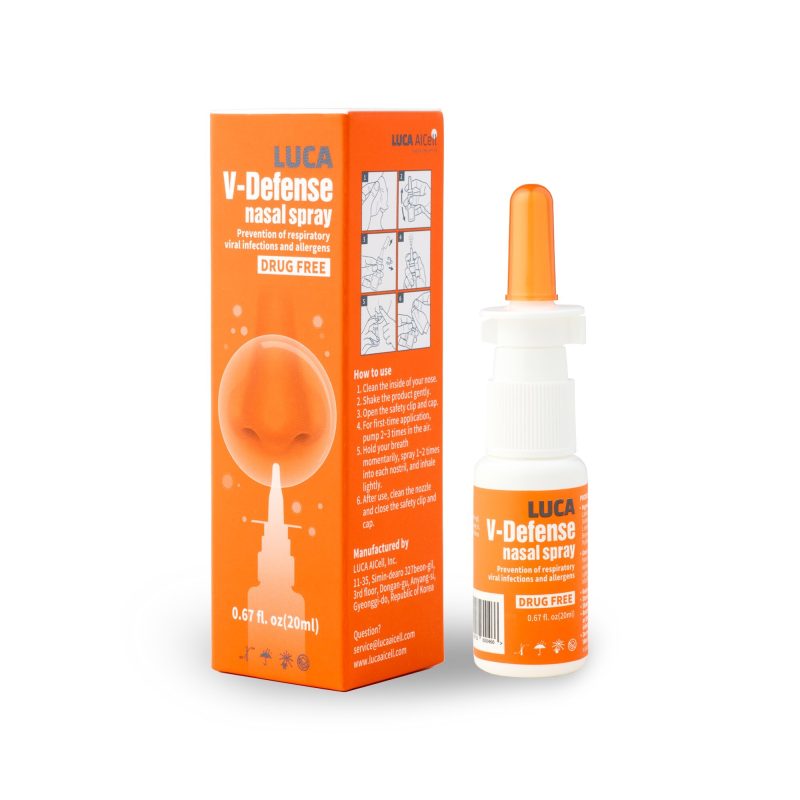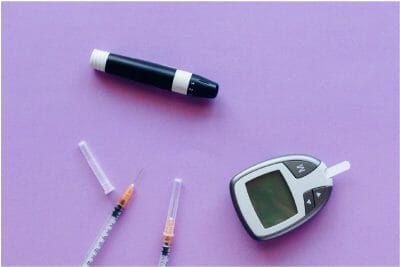Amber Therapeutics (‘Amber’ or the ‘Company’), a University of Oxford spinout developing next-generation, intelligent bioelectrical therapies to transform clinical outcomes in patients with functional disorders of the peripheral nervous system, announces that the first participants have been implanted with Amber-UI, the Company’s proprietary therapy for urge and mixed urinary incontinence (UI).
Amber-UI is the first fully implantable closed-loop bioelectrical therapy in clinical development for UI, which is made possible by being able to access and target the pudendal nerve – the nerve that directly controls continence – through a novel, minimally invasive surgical procedure.
Leveraging its expertise in closed-loop neuromodulation concepts, Amber’s multi-modal therapy can both directly regulate the urge to void the bladder (urge incontinence or overactive bladder) and augment resistance to urine leakage caused by activities such as coughing or lifting (stress incontinence), allowing for restoration of normal bladder function.
To explore the clinical potential of Amber-UI, the Company initiated its ground-breaking AURA-2 (Augmenting Urinary Reflex Activity) first-in-human study in late 2022 (clinicaltrials.gov identifier: NCT05241379). AURA-2 is designed to evaluate the safety and pilot efficacy of Amber-UI in 15 women. The study is being conducted at the University Hospital Antwerp (Belgium) by Stefan De Wachter, Professor of Urology, a leading expert in pelvic floor disorders and a co-founder of Amber.
To date, three participants have been safely implanted with the Amber-UI system with the adaptive algorithm activated and running continuously in an at-home setting. The remaining participants will be enrolled during the first half of 2023. Early indications confirming the feasibility of the surgical procedure and therapy are very promising.
The study is expected to conclude towards the end of 2023, with learnings used to improve and optimise the Amber-UI therapy in preparation for a pivotal trial.
Amber received seed funding for its development work to advance Amber-UI into the AURA-2 clinical study from Oxford Science Enterprises, 8VC and a UKRI Biomedical Catalyst grant.
For the AURA-2 study, Amber has partnered with Bioinduction Limited (Bristol, UK) for use of its Picostim DyNeuMo Research Platform, developed in collaboration with the University of Oxford, which leverages Bioinduction’s core Picostim Deep Brain Stimulation (DBS) System.
Aidan Crawley, CEO of Amber commented: “Reaching this first-in-human milestone in under two years demonstrates our ability to rapidly prototype new bioelectrical therapy concepts. But what is most exciting is the potential for our UI therapy to have a radical impact on clinical outcomes not only in patients with urge UI, but also for the first time in the many more patients with mixed UI for whom no single therapy is currently available.”
Stefan De Wachter, Professor of Urology at Antwerp University and leading investigator for the AURA-2 study added: “Most of the current available implanted therapies for incontinence are static (tapes, slings) or can only influence the bladder indirectly (such as sacral or tibial nerve stimulation). With Amber-UI, we stimulate the pudendal nerve, the natural pathway of continence control, and can reinforce the existing physiologic reflexes when it is needed. With our Amber-UI adaptive therapy, we finally have the potential to control both forms of incontinence: relaxing the bladder to treat urge and closing the sphincter to treat stress incontinence.”
Tim Denison, Chief Scientific Officer of Amber and RAEng Chair in Emerging Technology, University of Oxford, said: “Modern bioelectronic systems have the unique capability to measure physiological signals and adjust stimulation in real-time. In partnership with clinicians, we can create novel adaptive reflex-like algorithms for exploring new therapies.”
Charles Knowles, Chief Medical Officer of Amber and Professor of Surgery at Queen Mary University of London, said “Urinary incontinence is one of the most common medical problems in humans. It causes misery for millions of women and men worldwide. Amber-UI represents the first advanced therapy directed to both urge and mixed urinary incontinence and, if our study is successful, will be a major step forward in a field that has seen little real innovation for over a quarter of a century.”





